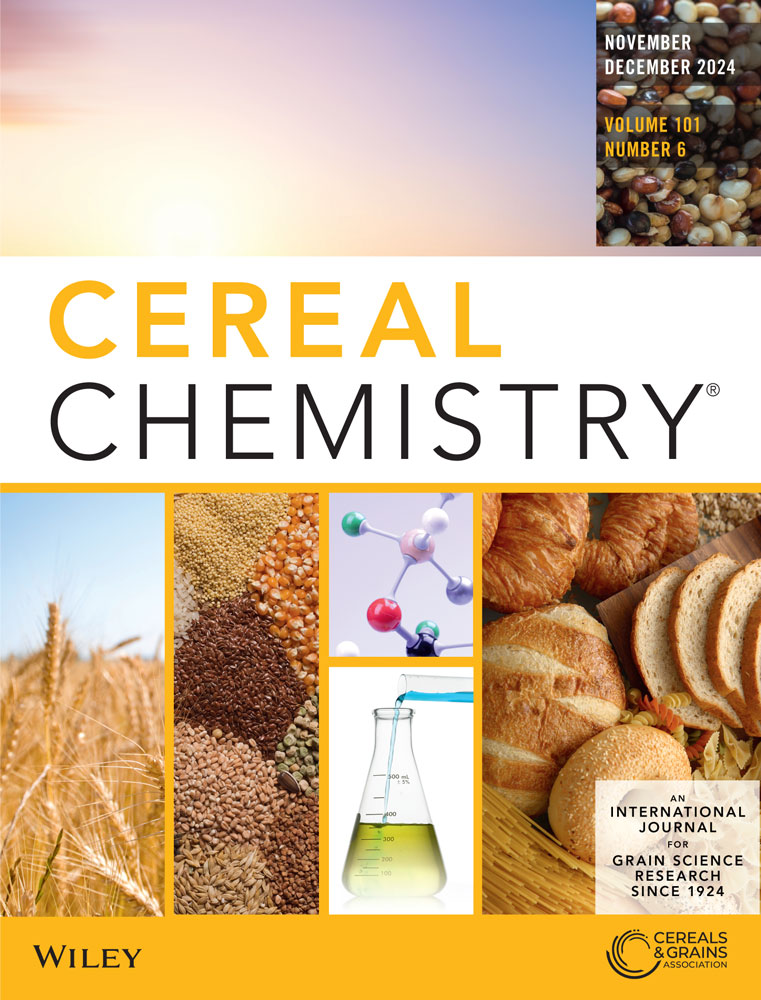The effect of main component interactions on the rheological and pasting properties of naked oat flour during Sanshu thermal processing of oat-based food
Abstract
Background and Objectives
The molecular interactions in naked oat flour are crucial to its processing quality. To investigate interaction mechanisms during oat-food Sanshu thermal processing, this study analyzed starch structure properties, rheological properties, and interactions between starch and other components in naked oat flour.
Findings
The rheological and pasting properties of oat starch were closely related to its structure during different thermal stages. X-ray diffraction revealed the formation of amylose–lipid complexes, and the starch–lipid/starch–protein interactions were confirmed by specific functional groups from Fourier transform infrared spectra. The formation of complexes during roasting thermal treatment significantly increased G′ and G″, while the decomposition of starch during boiling and steaming thermal treatment reduced the rheological properties. SEM showed the dispersion and decomposition of starch, which further provided evidence for the interaction of starch and other components during Sanshu processing. The digestibility increased gradually, as the starch gelatinized during Sanshu processing. During steaming thermal treatment, RDS did not change significantly, while SDS transformed into RS (RS content increased to 9.36%).
Conclusions
The interaction of starch–lipids/starch–protein occurred during oat-food Sanshu thermal processing. The alterations in the rheological and pasting properties of naked oat flour were observed to be intimately linked to these complexes.
Significance and Novelty
The structure of naked oat flour is closely related to its processing quality. The observed changes in starch short-range order and the formation of a microcrystalline structure are closely related to RS, which can be used as a signal of interaction-resistant starch formation.

 求助内容:
求助内容: 应助结果提醒方式:
应助结果提醒方式:


